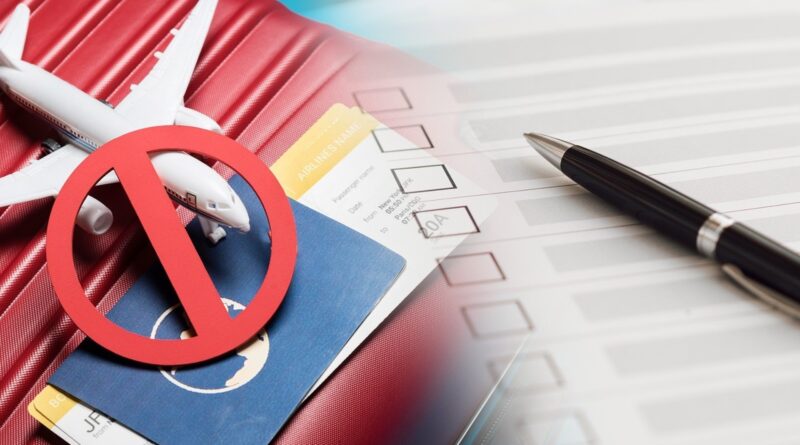‘Donki’ route: How Punjabis seek asylum in the US and the conditions required, Explained

New Delhi: Several Punjabis who attempted to reach the United States via the illegal ‘Donki’ route were recently deported on US military aircraft. Many of them admitted to spending Rs 40-50 lakh in hopes of securing asylum upon arrival.
Following an executive order issued by US President Donald Trump on January 20, undocumented immigrants were barred from seeking refuge in the country. The order instructed Border Patrol agents to deport individuals immediately, denying them access to asylum hearings.
Previously, such migrants were detained, went through court proceedings, and could eventually obtain work permits. Trump also blocked a refugee application system that allowed migrants to file asylum requests at the border.
Who qualifies for asylum in the US?
According to the US government, asylum can be granted to individuals facing persecution or fearing harm due to race, religion, nationality, political opinions, or membership in a specific social group. Asylum applications can be filed in two ways:
Affirmative asylum – For those already in the US who have not yet been placed in deportation proceedings.
Defensive asylum – For individuals already in removal proceedings, who can apply before an immigration judge.
A key distinction exists between asylum seekers and refugees. Refugees apply from outside the US, while asylum seekers are already on American soil.
Punjabis among top asylum applicants
Court documents indicate that Punjabis, including Sikhs and Hindus, form a significant portion of asylum seekers in the US. Their cases often hinge on claims of religious and political persecution in India.
Inderraj Singh, an immigration lawyer in California, stated that many Punjabi applicants cite threats to their safety due to their religious beliefs or political affiliations. Some cases involve claims of ties to pro-Khalistan organizations, which can either strengthen or weaken their asylum claims, depending on circumstances.
He noted that since the 1980s, several asylum cases related to Khalistan and Sikh issues have set legal precedents in US immigration courts. These rulings continue to influence current asylum applications.

